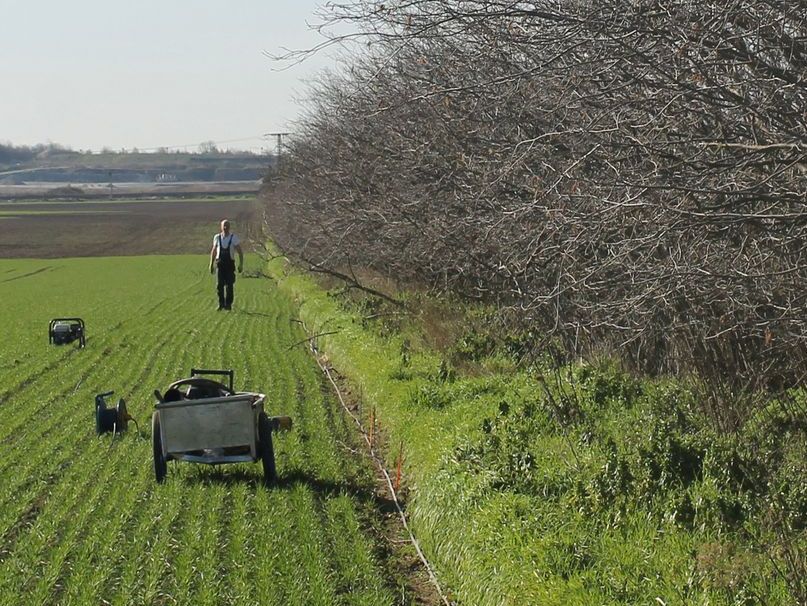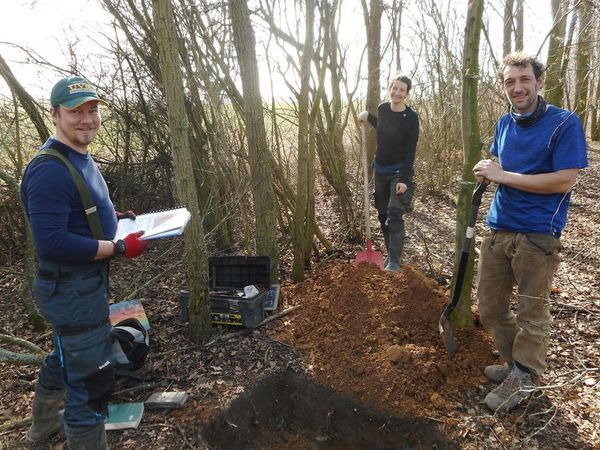A 720-meter hedgerow newly planted on cropland can offset the entire greenhouse gases emitted by an average German that are emitted in 10 years. This is shown by a new meta-study, carried out by the German Thünen Institute of Climate-Smart Agriculture in Braunschweig. By storing carbon in the biomass of the hedgerows and as organic matter in the soil, new hedgerows can absorb carbon dioxide (CO2) from the atmosphere and make it climate neutral.
"For the calculations, we compiled all available empirical data on soil organic carbon and biomass of hedgerows – a total of 13 studies plus our own data from almost 150 hedgerows," says Sophie Drexler, research associate at the Thünen Institute. The researchers were surprised: On average over many years, almost as much carbon is sequestered in a hedgerow per hectare as it is in forests. This can be explained by the high biomass density of hedgerows and the good growing conditions in the agricultural landscape. A particularly large amount of carbon is also stored in the below-ground biomass of hedgerows. In the last 70 years, however, almost half of all hedgerows in Germany have been removed, mostly in the framework of reparcelling measures.
In Germany, about 12 % of total greenhouse gas emissions come from agriculture and soils used for agricultural purposes. The largest share of these greenhouse gases is emitted as methane from the digestive tract of cattle and as nitrous oxide from the fertilisation of fields and grassland. Many of these emissions are difficult or impossible to avoid because they originate from biological processes. In addition, large amounts of carbon dioxide are emitted through drainage of peat soils for agricultural use. Therefore, climate neutrality in the agricultural sector is only achievable if emissions are offset elsewhere. Hedgerows can contribute to this. For example, a municipality with 5,000 inhabitants can compensate ten years of greenhouse gas emissions associated with milk consumption, by planting six hectares of hedgerows and field copses.




![[Translate to English:] Logo des Bundesministerium für Ernährung und Landwirtschaft](/media/allgemein/logos/BMEL_Logo.svg)